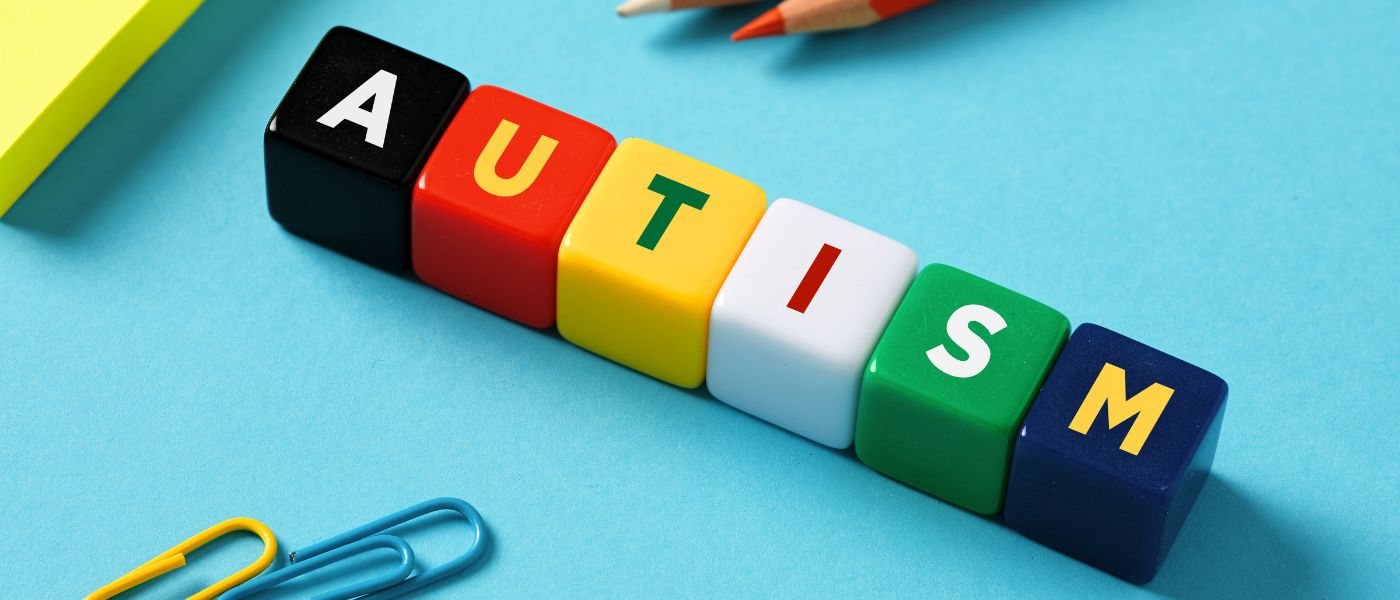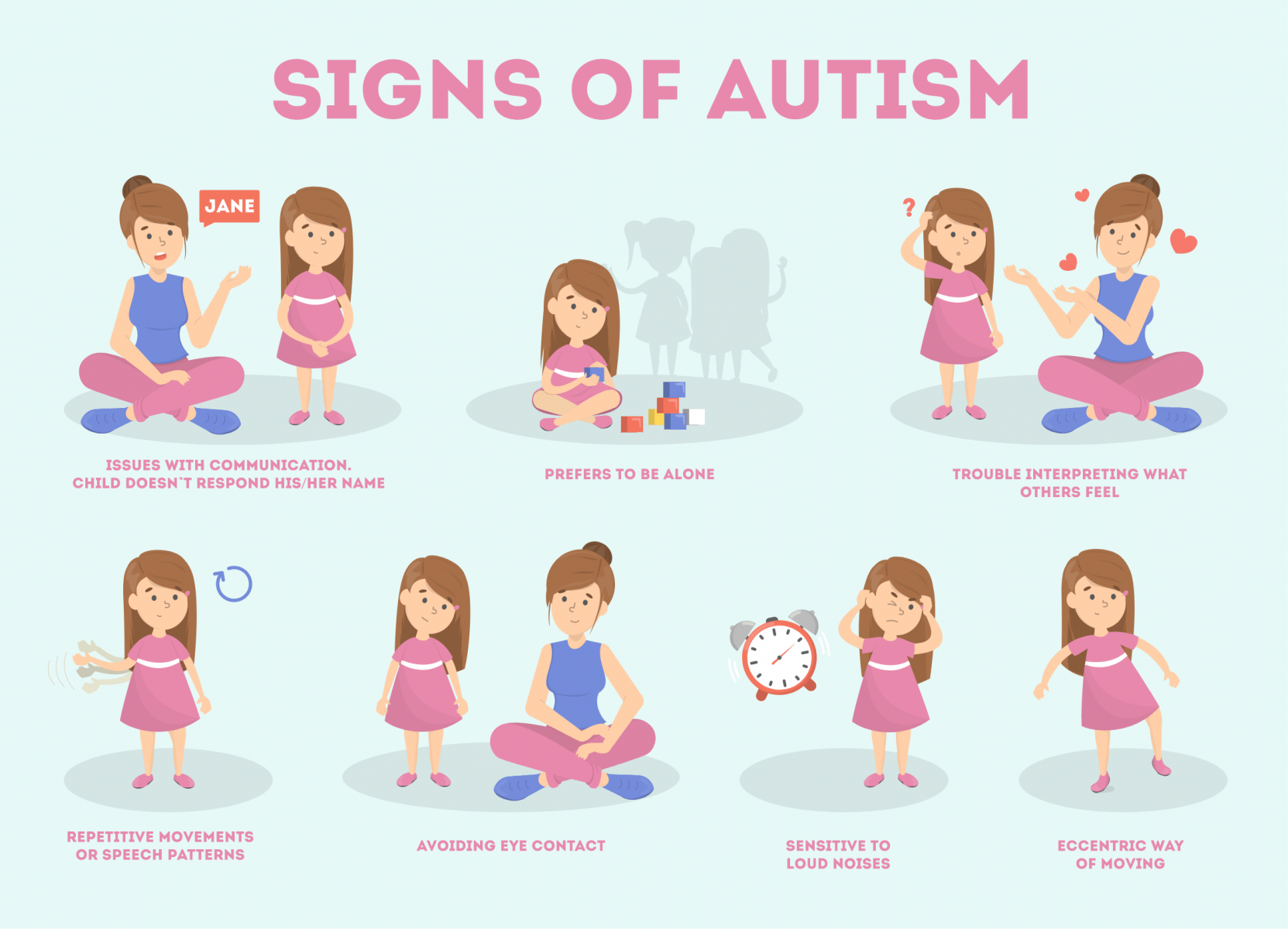The Value of Household Support in the Trip with Autism
The Value of Household Support in the Trip with Autism
Blog Article
Exploring Autism: Techniques for Effective Communication and Communication
Efficient communication and communication with people on the autism spectrum require an extensive understanding of their special demands and preferences. Methods such as using clear language, utilizing aesthetic assistances, and promoting regular routines can considerably enhance involvement and lower anxiety. Identifying the significance of non-verbal hints and shared passions paves the means for meaningful links. Nonetheless, the ins and outs of these techniques reveal more factors to consider that merit exploration, particularly in how they can be adjusted to private experiences and varied contexts. What might these adaptations appear like in method?
Comprehending Autism Spectrum Problem
Autism Spectrum Condition (ASD) encompasses a series of neurodevelopmental problems characterized by challenges in social communication, interaction, and repeated habits. The term "range" shows the diverse symptoms and differing degrees of severity experienced by individuals with ASD. While some may display substantial disabilities, others might display high-functioning traits, enabling greater freedom in day-to-day live.
The onset of ASD normally occurs in very early childhood, with indicators commonly well-known by age two. Early indications may consist of postponed speech growth, limited eye contact, and troubles in comprehending social signs. Although the exact etiology of ASD remains uncertain, study recommends a combination of environmental and hereditary factors plays an essential role in its development.
As an outcome, treatments and assistance customized to private requirements are important for promoting communication and social abilities. Identifying the intricacy of ASD is important for advertising understanding, acceptance, and efficient methods that facilitate significant communications with people on the range.

Significance of Clear Interaction
Effective interaction is crucial for cultivating understanding and link, especially for people with Autism Range Disorder (ASD) Clear communication not just helps with social interactions however also improves the person's capability to reveal their thoughts, emotions, and requirements. For individuals with ASD, the subtleties of language can commonly be testing; for that reason, utilizing unambiguous and simple language is necessary.
Moreover, clear communication helps in reducing disappointment and stress and anxiety that might arise from misconceptions. When messages are shared in a constant and direct way, people with ASD are better equipped to interpret information precisely, which can substantially improve their social interaction and participation in numerous settings.
Establishing routines and making use of visual assistances can additionally bolster clear interaction. These methods offer people with foreseeable structures that assist understanding and retention of details. Additionally, proactively being and listening person throughout communications advertises a helpful environment where people with ASD feel valued and comprehended.
Eventually, focusing on clear communication not just empowers individuals with ASD yet likewise promotes more meaningful connections with their peers, caretakers, and the wider neighborhood, leading the way for collaborative connections and inclusive interactions. - autism
Non-Verbal Communication Methods
Interaction prolongs past words, and for people with Autism Range Disorder (ASD), non-verbal signs play a substantial duty in communications. Non-verbal communication techniques can include face expressions, motions, body language, and eye call, all of which act as essential elements for sharing objectives and feelings.
Recognizing and analyzing these non-verbal signals can improve interactions with individuals with ASD. As an example, a cozy smile or open position can develop a welcoming atmosphere, urging engagement. In a similar way, using aesthetic aids-- such as photo cards or signs-- can link communication gaps and aid communicate messages a lot more properly.
It is also crucial to be conscious of personal area, as people with ASD might have different comfort levels regarding proximity. Observing their reactions to physical distance can inform ideal changes.

Creating Encouraging Atmospheres
Producing a helpful atmosphere is essential for cultivating positive communications and enhancing the health of individuals with Autism Range Disorder (ASD) Such atmospheres can significantly lower stress and anxiety and develop a feeling of safety and security, enabling individuals to express themselves much more freely.
To attain this, it is vital to consider sensory sensitivities that people with ASD might experience. Customizing the physical space to include soft lighting, marginal history sound, and comfy seating can produce a relaxing ambience. Furthermore, utilizing regular routines and clear visual schedules can help individuals prepare for changes and lower unpredictability, more promoting convenience.
Social rooms ought to be structured to minimize frustrating stimulations while giving chances for involvement in favored activities. Promoting locations designated for quiet time can also work as a haven throughout minutes of tension. Notably, incorporating components of selection encourages individuals, enabling them to work out agency in their environment.

Urging Social Communications
Promoting social interactions amongst people with Autism Range Disorder (ASD) calls for intentional techniques that prioritize comfort and interaction. Establishing predictable regimens can help in reducing stress and anxiety, making social settings more approachable. Developing structured settings with specified duties and responsibilities allows people to involve without the overwhelming pressure of unstructured social dynamics.
Incorporating passions and staminas into social activities can function as a driver for interaction. As an example, organizing team tasks around shared leisure activities or subjects of fascination can assist in all-natural discussions and links. In addition, using visual supports, such as social scripts or photographic schedules, can aid in recognizing social hints and expectations.
Designing appropriate social habits is important - autism. my blog Grownups and peers must show effective communication methods, including active listening and turn-taking. Role-playing circumstances can likewise give a safe space for people to practice these abilities
Lastly, promoting peer relationships with comprehensive practices is important. Encouraging inclusive playdates or team getaways can produce opportunities for socialization in here a comfortable setup. By executing these strategies, teachers and caregivers can dramatically enhance social interactions for people with ASD, promoting their overall social advancement and well-being.
Verdict
Finally, efficient communication and interaction approaches are crucial for sustaining people with Autism Spectrum Problem. Stressing clear language, including non-verbal signs, and developing predictable routines significantly improve engagement and lower anxiousness. Producing supportive environments cultivates safe social interactions, while motivating shared interests assists in purposeful links. Inevitably, these strategies encourage people with autism to navigate social landscapes, advertising their general well-being and allowing the growth of enduring partnerships.
Reliable interaction and interaction with people on the autism spectrum demand a thorough understanding of their one-of-a-kind needs and preferences. Clear interaction not only helps with social interactions however also enhances the individual's capability to share their ideas, feelings, and demands.Promoting social communications among individuals with Autism Spectrum Condition (ASD) calls for deliberate strategies that focus on comfort and interaction. By carrying out these caretakers, educators and techniques can considerably boost check these guys out social communications for individuals with ASD, promoting their overall social advancement and wellness.
In final thought, efficient interaction and interaction strategies are vital for supporting individuals with Autism Spectrum Problem.
Report this page